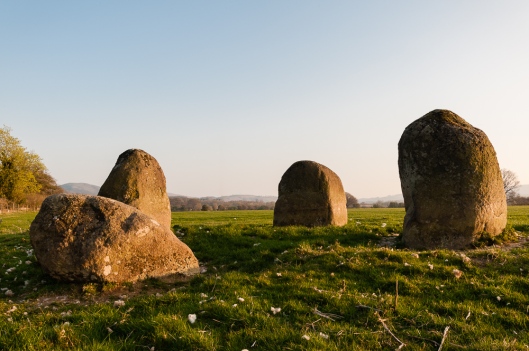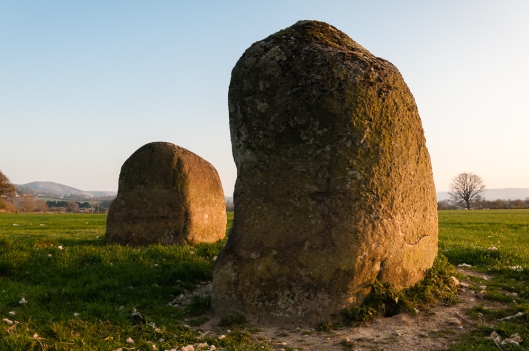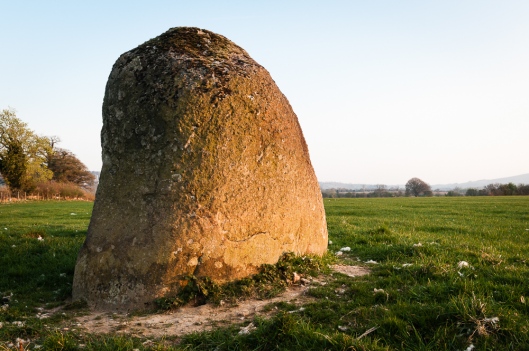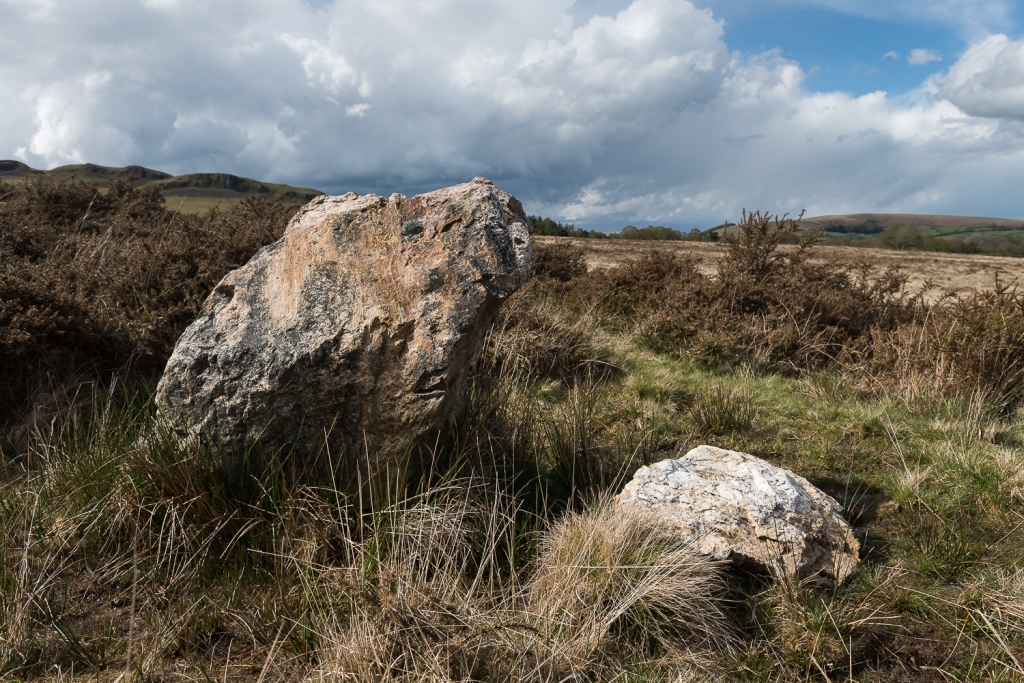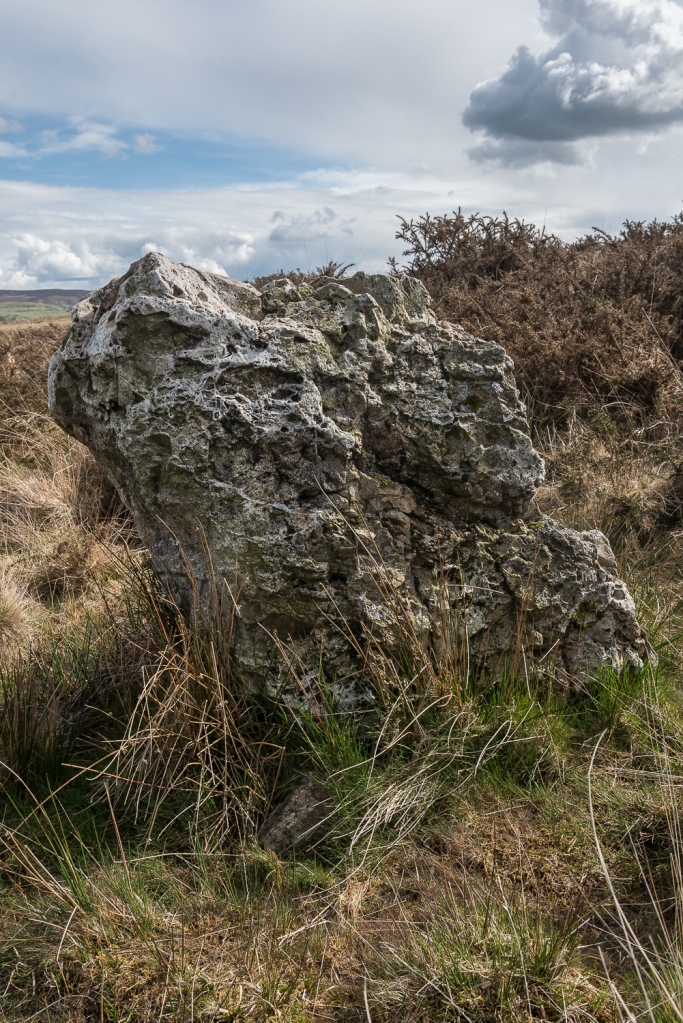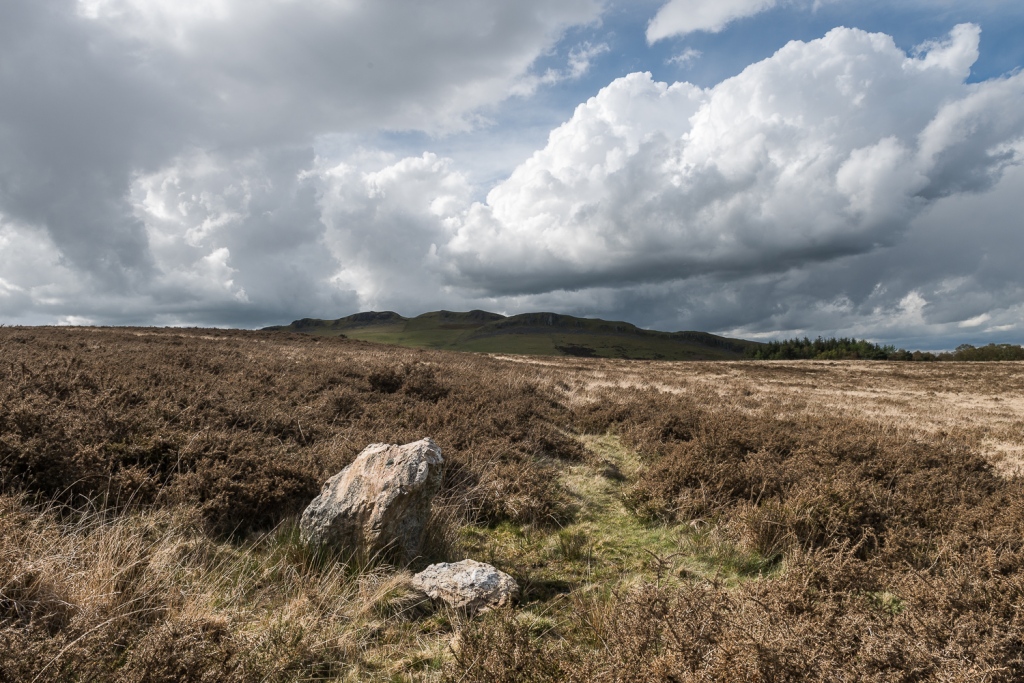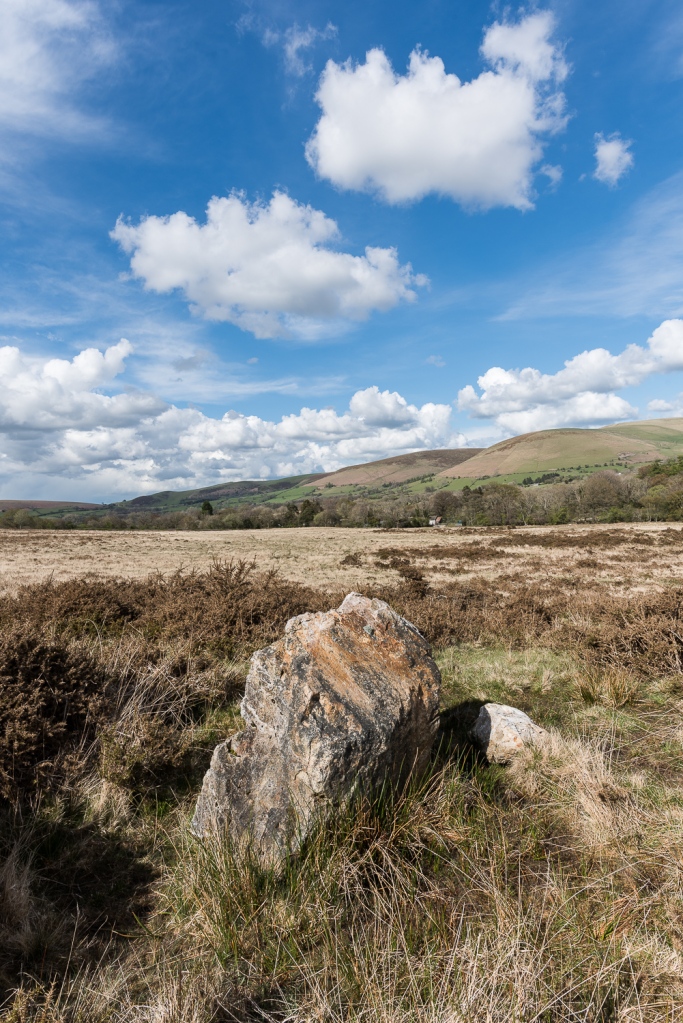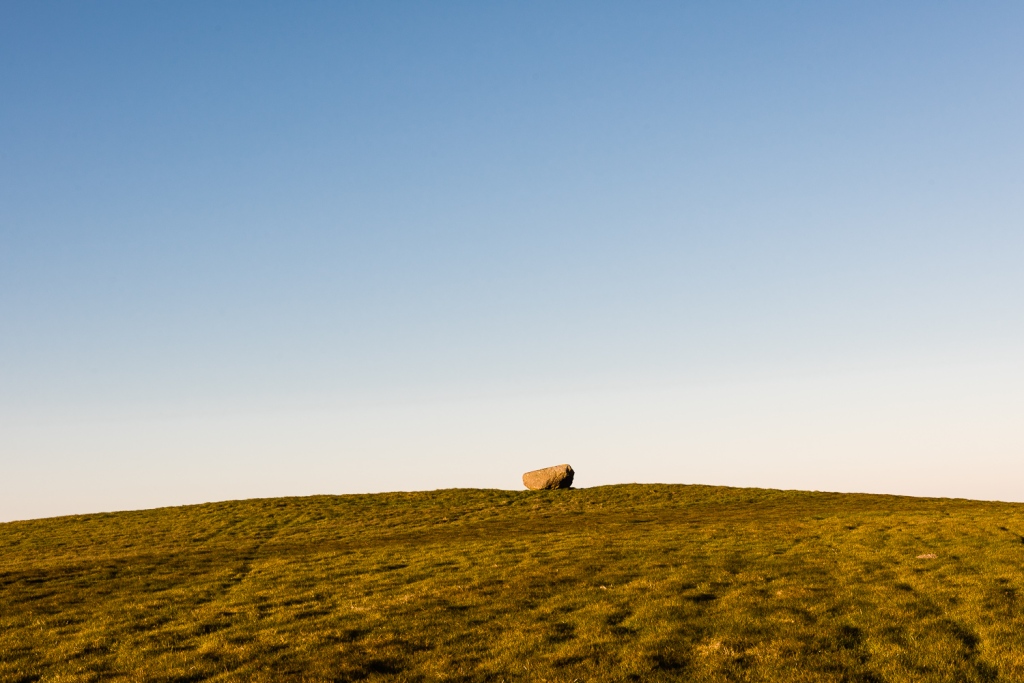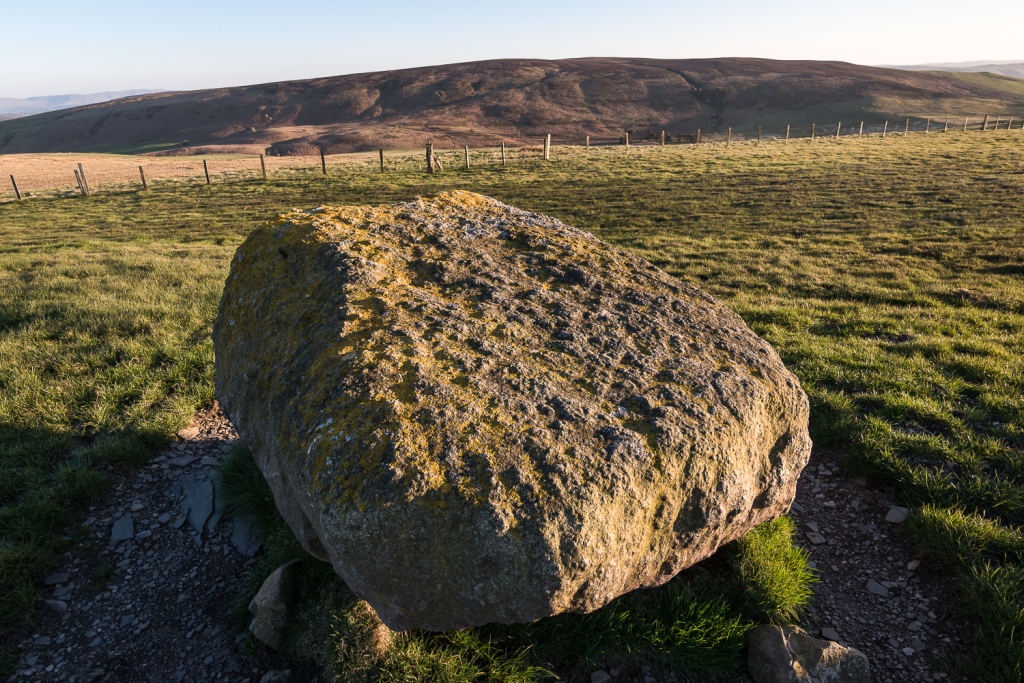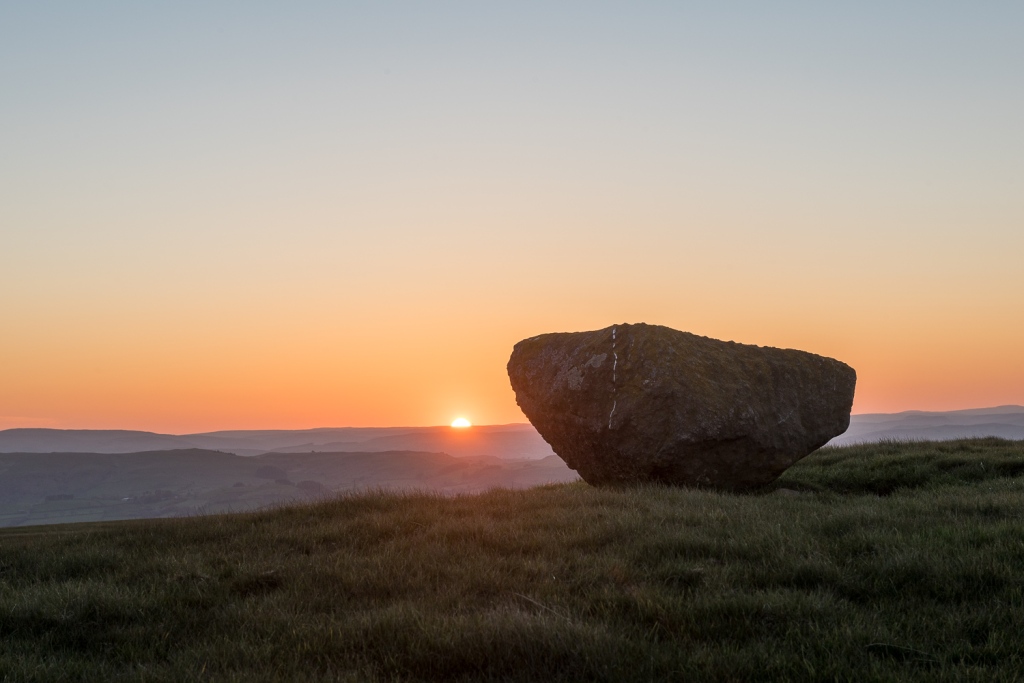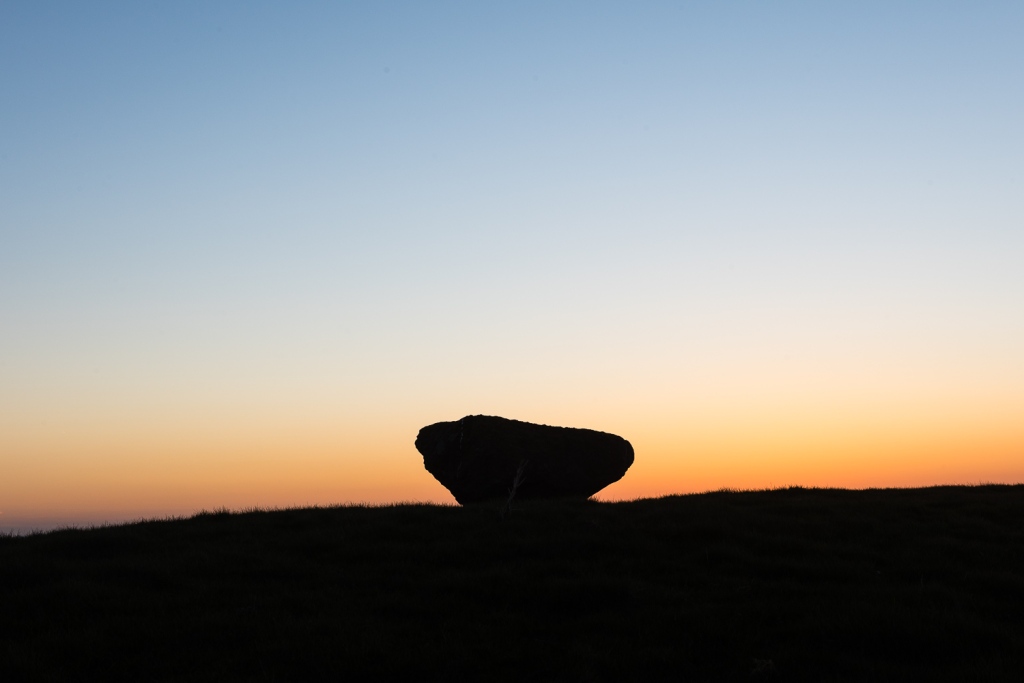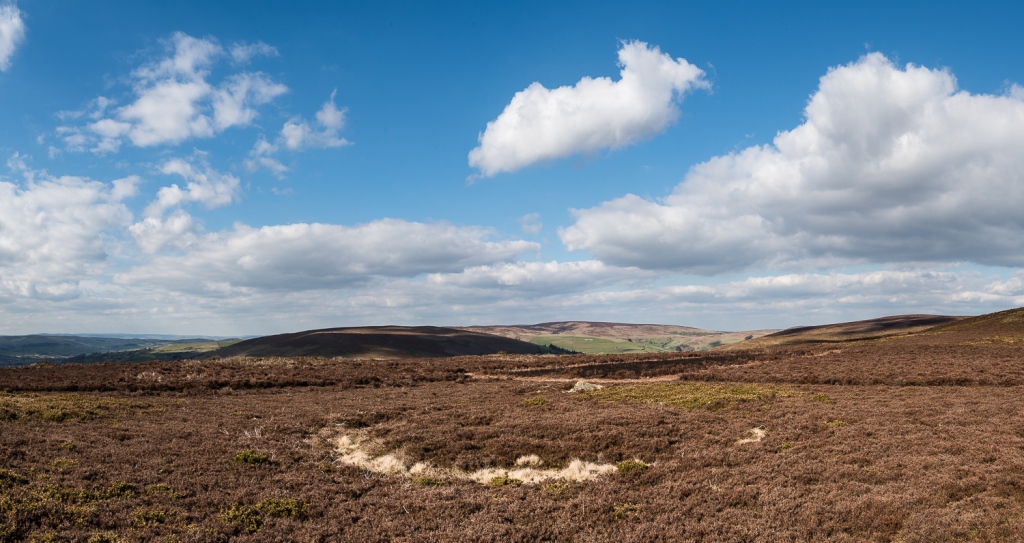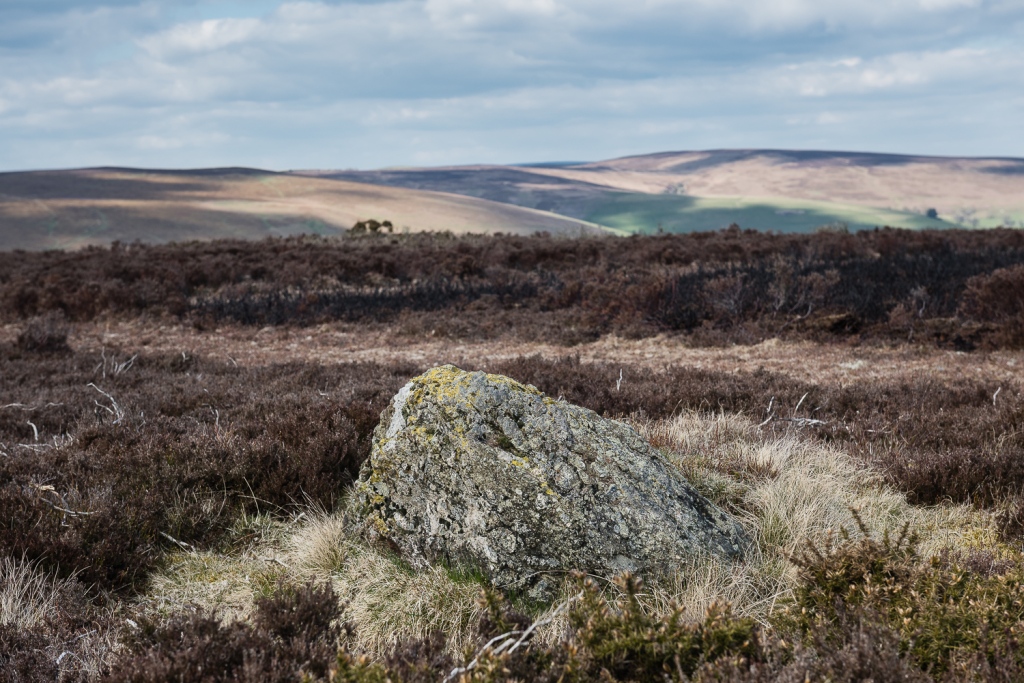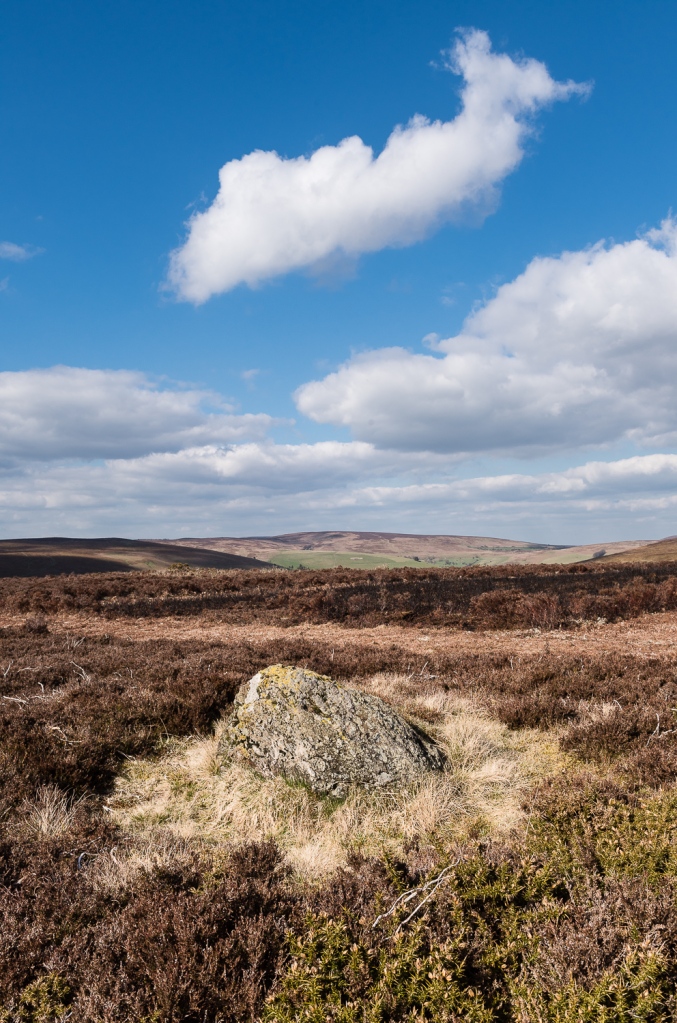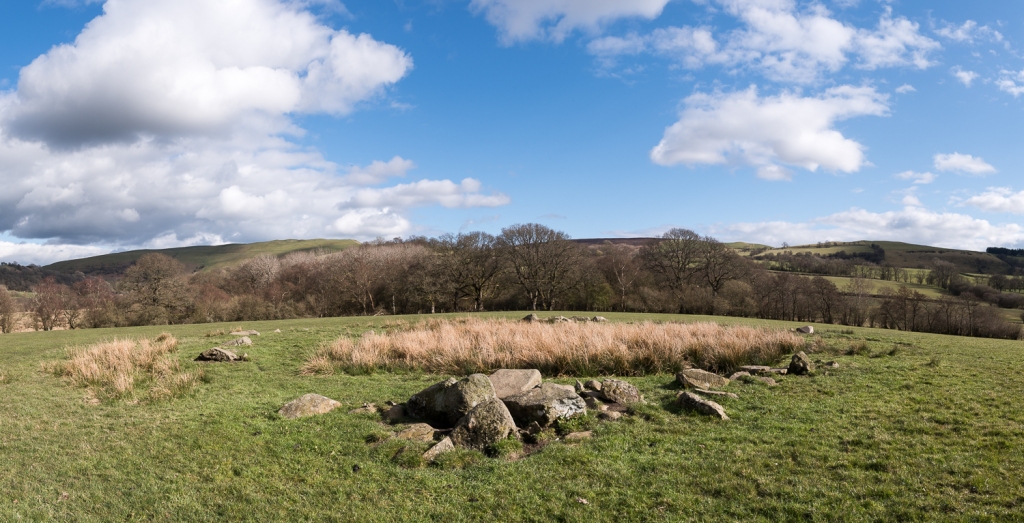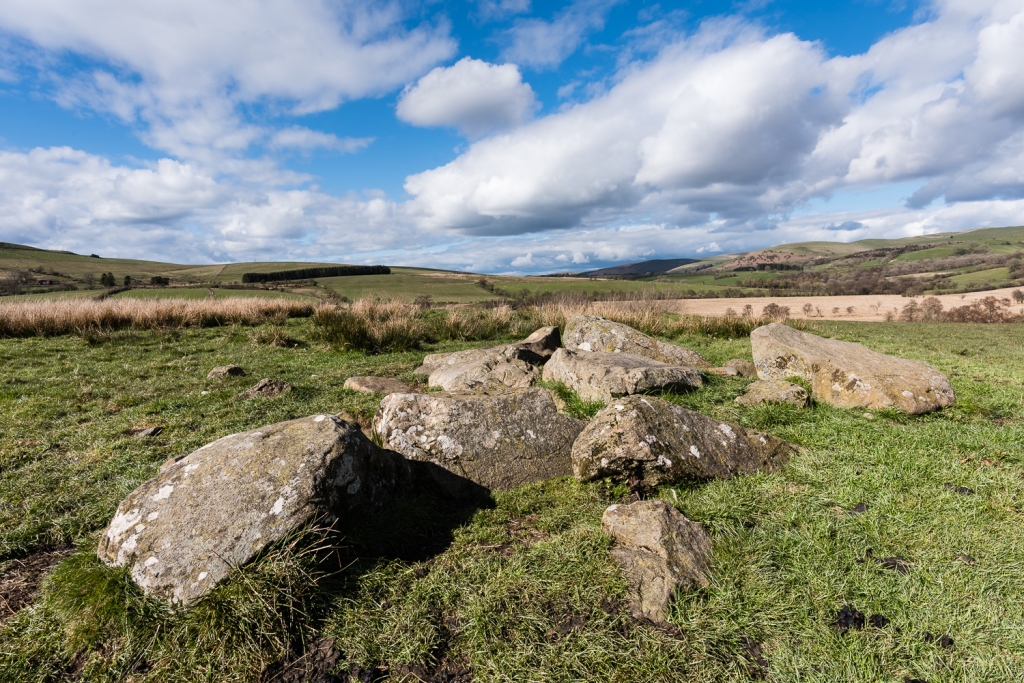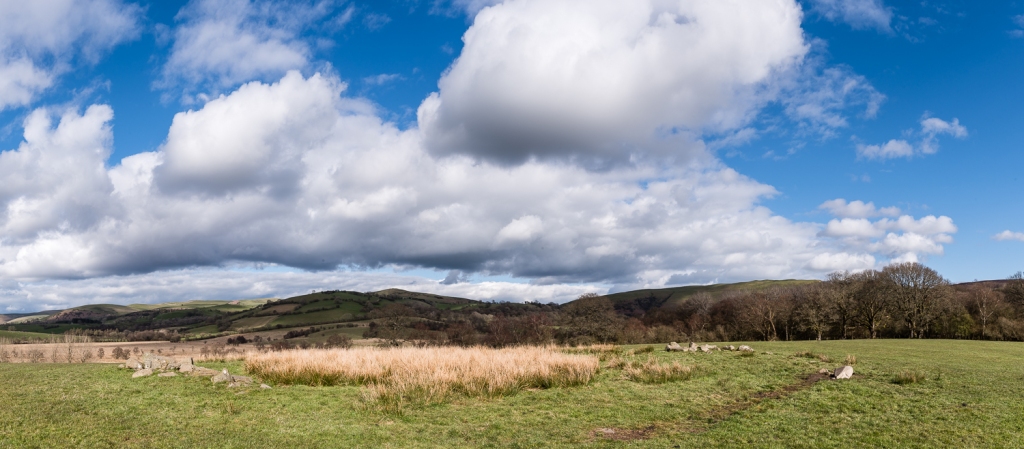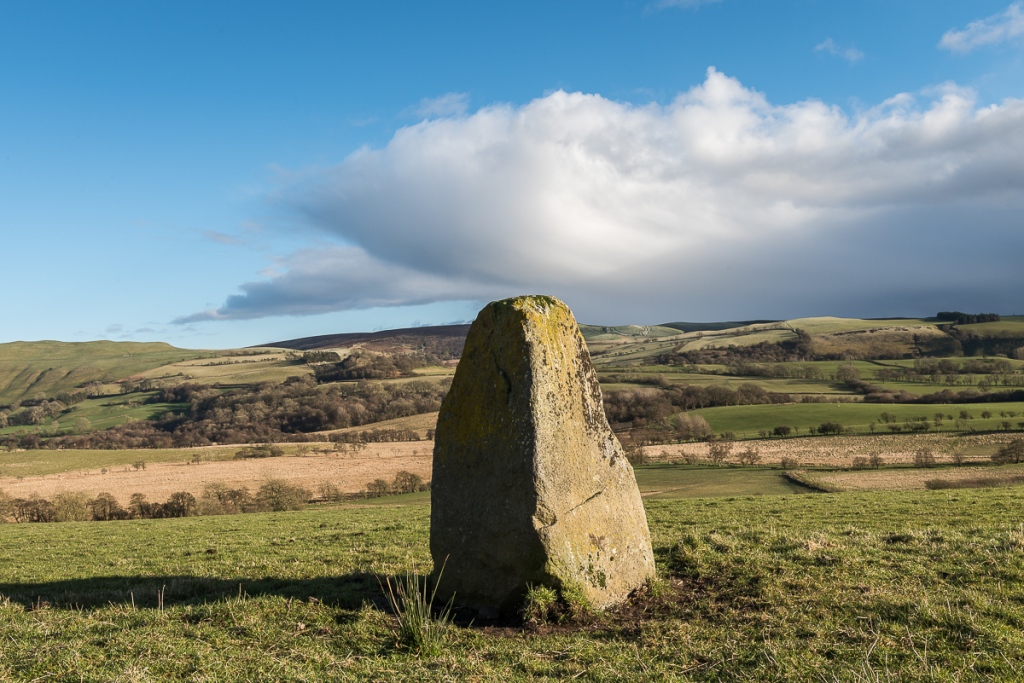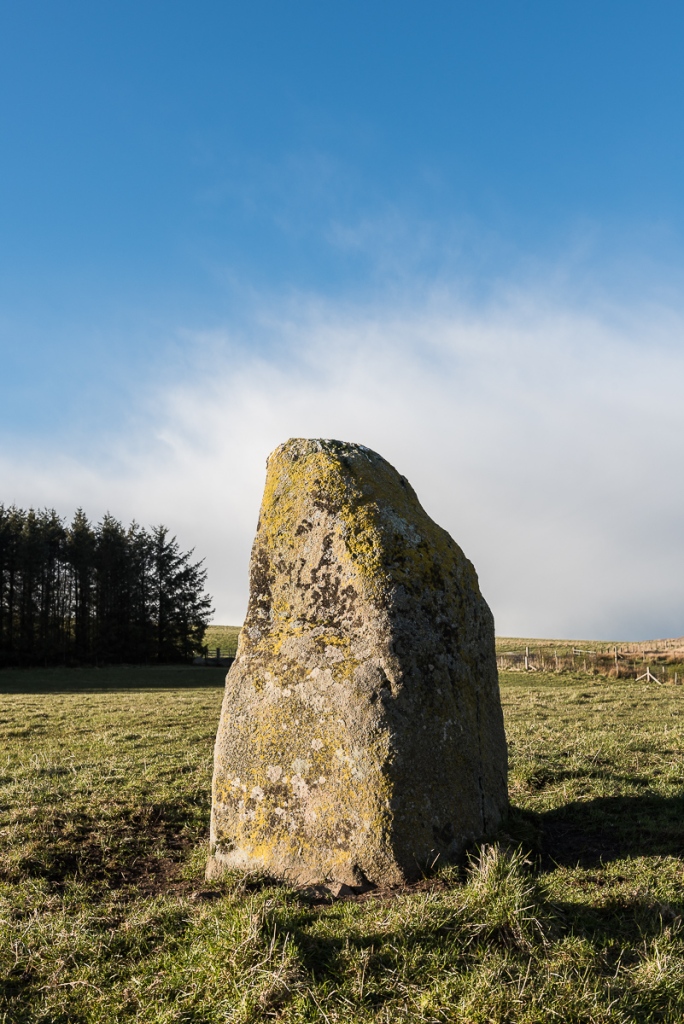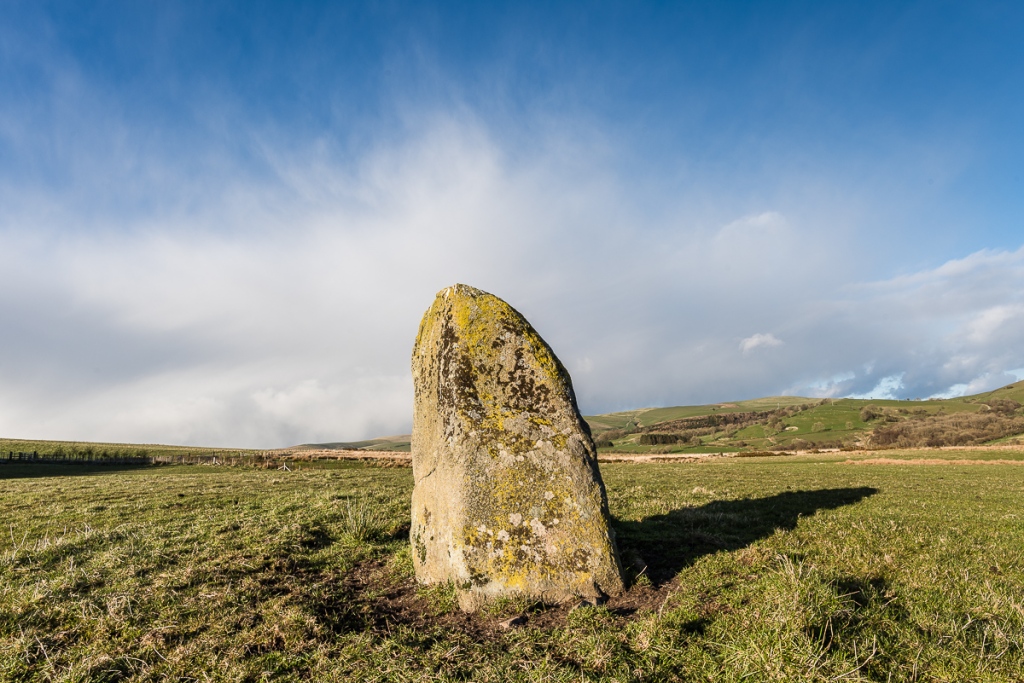Though it has somehow escaped my notice for an embarrassing number of years, I live in the heart of an area that has a good claim to be one of the most important Neolithic sites in Europe. Five thousand years ago tribes gathered here from across Britain, and chose to mark the land with stone and timber structures, some of enormous size. The stones live on, mostly, and I thought I would make it my business to visit and acknowledge as many as possible. I begin with the best known locally, the Four Stones near New Radnor. They stand pretty much midway on a line between the domed summits of the Whimble and Burfa Camp. Old Radnor church is just visible in the distance, and contains a massive stone font that may once have been part of this circle, and certainly long predates the church. When the church bells are heard, the stones are said to visit the nearby Hindwell Pond for a drink . . .
This post will stay at the top – scroll down for newer posts

